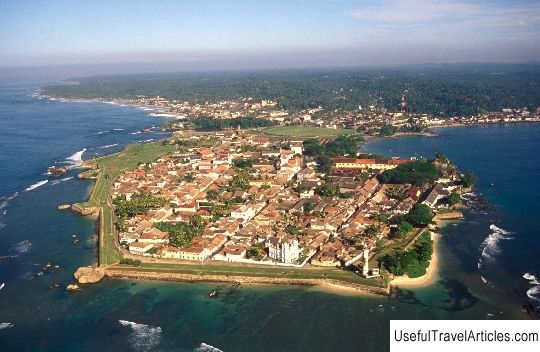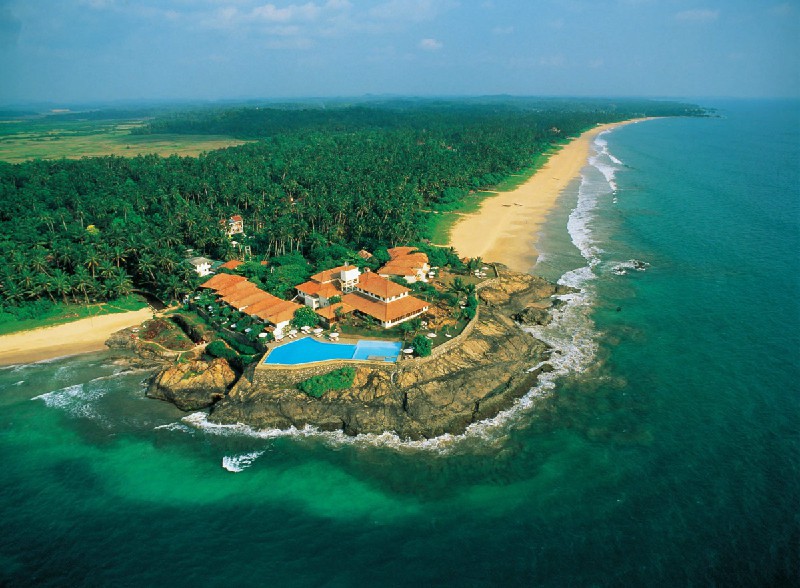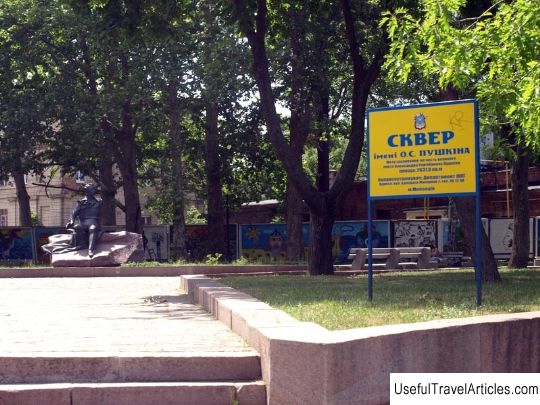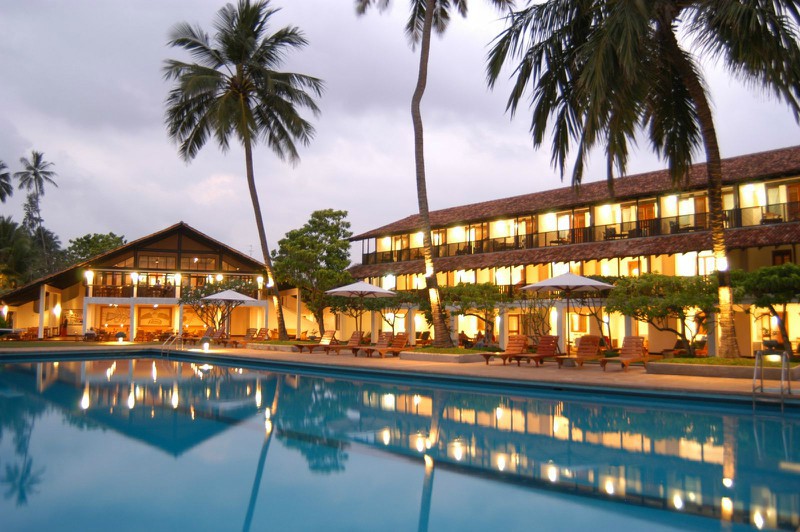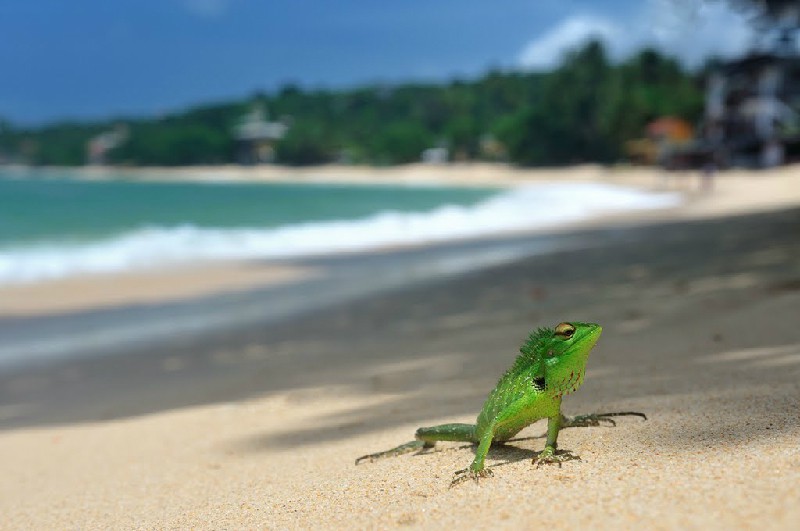Galle Sri Lanka Resort Information
Rating: 8,5/10 (1836 votes) 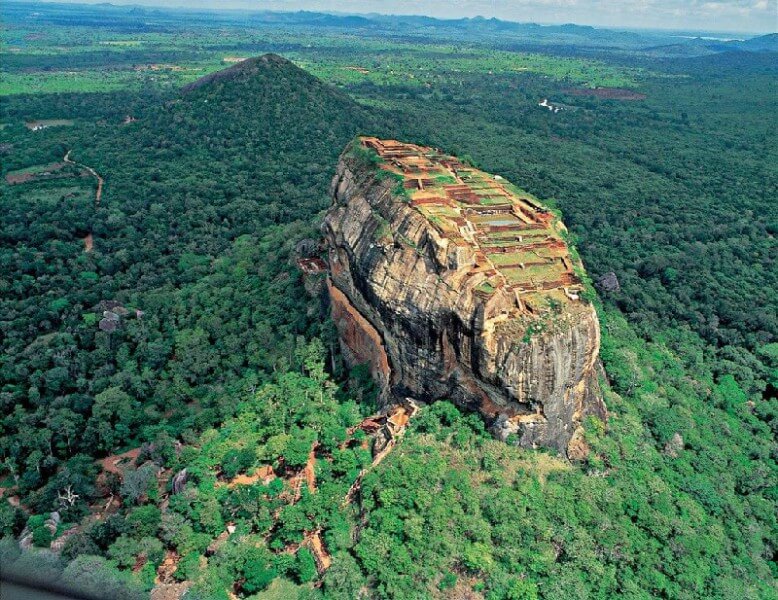 Recreation and TourismGalle is one of the first cities to appear in this part of Sri Lanka and has a rather rich history. It is believed that the city of Tarshish mentioned in the Old Testament, from which King Solomon exported jewelry and ivory, is in fact Galle. The legend remains a legend, but it is known for certain that Galle has been a major trade center since ancient times, where Roman, Greek, Persian, Indian and even Arab merchants did business. The first Europeans in the city were the Portuguese: it is believed that in 1505, a flotilla of Portuguese ships, getting lost, accidentally landed in the city of Gimhatiff. The first sound that the Europeans heard was the crowing of a rooster (halo in Portuguese), which gave the city its name. European colonization continued in 1640, when Halle came under the patronage of the Dutch, who built a fort that has survived to this day in the city. In 1796, the British became the masters of Galle and the trading power of Galle began to gradually fade into the past: Colombo became the main city of Sri Lanka. Currently, Galle has a developed glass, food and textile industry, in addition to this, the city is the largest and the most popular tourism center. In December 2004, one of the most dramatic events in the history of the city took place: the tsunami that struck Galle claimed the lives of several thousand people and almost completely destroyed the city, which led to a sharp economic recession and a decrease in tourist flow. Now Galle is completely restored, and its recreational area continues to develop rapidly. The main attraction of Galle is, of course, an old fort, one of the best preserved colonial fortresses in all of Asia. The fort was once built by the Portuguese, and then somewhat modified by the Danes: the fortress located on a peninsula protruding into the ocean was reliably protected from the enemy by water and rocks on one side and three impregnable towers on the other. The territory of the fort once housed a whole city, protected by a total of 12 bastions and living its own life. The enterprising Dutch provided the fort with many useful devices: for example, water from a nearby mill was supplied through special troughs to the territory of the fort and was used to water the streets. Now the fortress is included in the YUESKO World Heritage List. The National Museum of Maritime History is located in an old warehouse on the territory of the same fort. The exposition of the museum tells about the history of navigation and sea fishing in these places. In addition to its unusual surroundings, the museum attracts tourists with interesting exhibits, such as a whale made of fiberglass or a collection of preserved marine animals. The Dutch Reform Church, built in the middle of the 17th century, is one of the main architectural attractions of Galle. The floor of the temple is paved with gravestones from an old Dutch cemetery, and the large 18th century organ and the elaborately carved pulpit of Malaysian wood are amazing. Despite the abundance of historically significant artifacts, services are held in the church every Sunday. The Seenigama Temple is perhaps one of the most interesting places in the city, which is about 1300 years old. It is impossible to determine the exact age of Seenigama, but on its walls are carved images of the god Devol - the patron saint of fishermen and sailors, whose cult is considered the oldest in the area: probably the Seenigama temple is one of the oldest surviving structures on the entire southern coast. Currently, the temple is located on the island and is extremely popular with historians, researchers and ordinary tourists.  We also recommend reading Geography and Climate in Galle Topic: Galle Sri Lanka Resort Information. |
